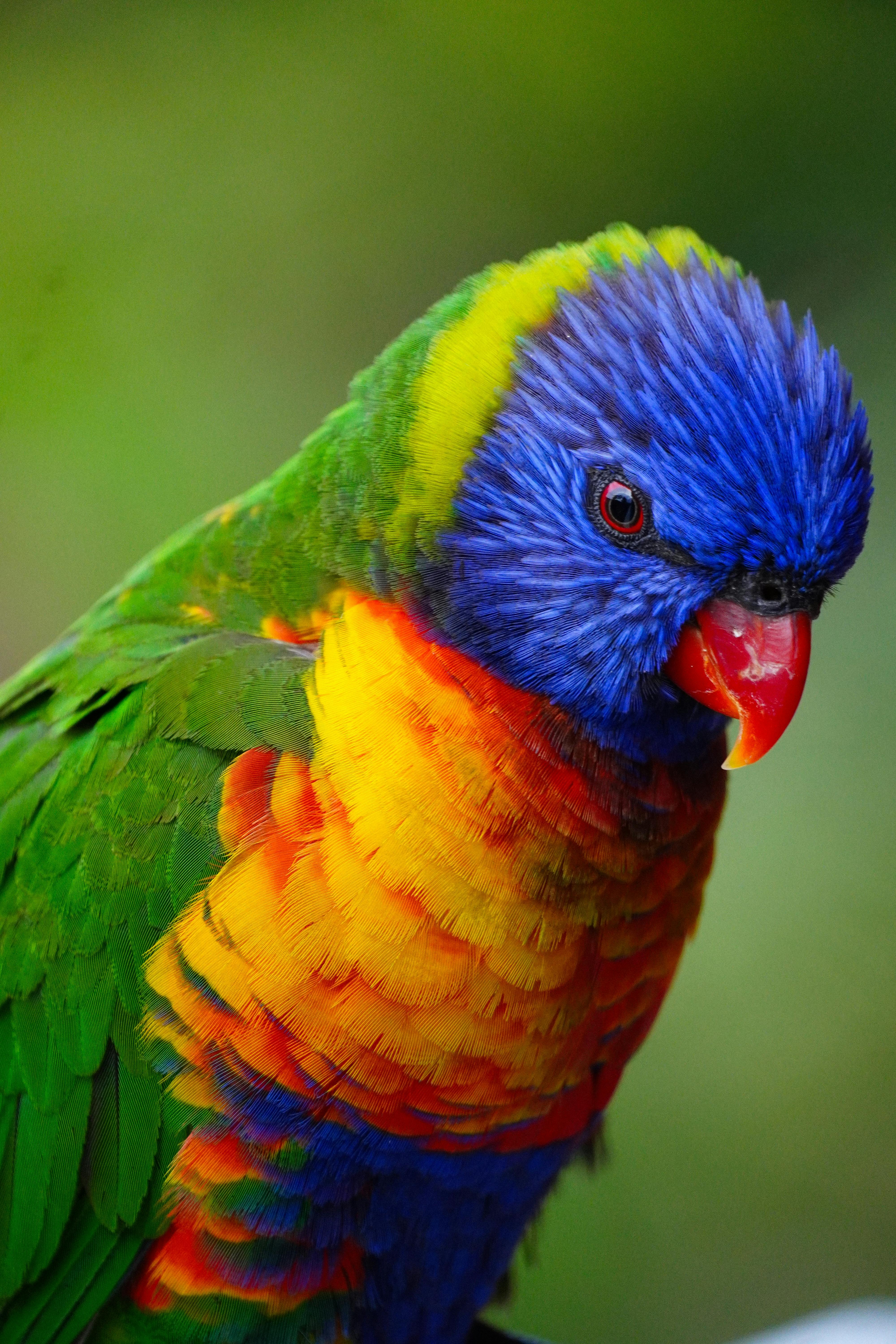Effective Methods for Ensuring a Healthy Betta Fish in 2025

Effective Methods for Ensuring a Healthy Betta Fish in 2025
Betta fish, known for their vibrant colors and unique personalities, have become increasingly popular among aquarium enthusiasts. Proper betta fish care involves understanding their specific needs in habitat, diet, and overall health management. In 2025, as innovations in fishkeeping continue to evolve, ensuring a healthy betta fish requires a blend of traditional methods and modern approaches.
This article will explore effective methods to maintain a healthy betta fish, covering essential aspects like tank setup, diet, breeding, and disease prevention. By following these best practices, betta owners can create an optimal environment for their aquatic pets, significantly impacting their lifespan and behavior.
Key takeaways from this article include understanding betta fish habitat requirements, the importance of a balanced diet, recognizing signs of health issues, and maintaining water quality. Let’s dive into the essential methods for supporting your betta fish’s health.
Setting Up the Ideal Betta Fish Habitat
Creating a suitable betta fish habitat is crucial for their health and well-being. An ideal tank setup not only enhances their beauty but also mimics their natural environment. Essential components include adequate tank size, filtration, and environmental enrichment.
Choosing the Right Tank Size and Setup
When selecting a tank for your betta fish, size matters. A tank of at least 5 gallons is recommended to ensure adequate space for swimming and exploration. Smaller tanks can lead to poor water quality and stress for your betta. Ensure the tank is well-equipped with a filter to maintain clean water conditions, as bettas thrive in stable environments.
Water Conditions for Healthy Bettas
Betta fish prefer warm water temperatures ranging from 76°F to 82°F. Regularly check the water parameters, including pH and ammonia levels, to ensure they are within acceptable ranges. Adding a water conditioner can help neutralize harmful chemicals, making it safer for your fish.
Adding Plants and Decor
Incorporating plants and decorations into your betta tank not only enhances aesthetics but also provides hiding spots and stimulation for your fish. Live plants, such as Java Fern or Anubias, contribute to water quality and offer a natural feel. Avoid sharp decorations that might harm your betta’s delicate fins.
Understanding the Betta Fish Diet
Feeding your betta fish a balanced diet is vital for their health and growth. A proper diet contributes to vibrant colors, better behavior, and longevity. Understanding their nutritional needs will help ensure they thrive.
Types of Betta Fish Food
Betta fish require a varied diet that includes high-quality pellets formulated specifically for their needs. In addition to pellets, consider supplementing their diet with frozen or freeze-dried foods such as bloodworms and brine shrimp. These protein sources stimulate natural hunting instincts and contribute to better overall health.
Creating a Feeding Schedule
Establishing a consistent feeding schedule for your betta fish is essential. Feed them small amounts 2-3 times a day, ensuring they consume their food within 2-3 minutes to prevent overfeeding and water pollution. Adjust the amount based on their size and activity level for optimal nutrition.
Signs of a Healthy Betta
Monitoring your betta's health is crucial. Healthy bettas exhibit vibrant colors, active swimming, and a good appetite. Any changes in behavior, such as lethargy or loss of color, may indicate illness. Regularly observe their eating habits and physical appearance to catch potential health issues early.

Preventing Betta Fish Diseases
Being proactive in preventing diseases is critical for maintaining a healthy betta fish. Understanding potential illness symptoms and knowing how to treat them can save your fish.
Common Betta Fish Diseases
Common diseases affecting bettas include fin rot, ich, and velvet disease. Observing your fish for unusual signs, such as frayed fins, white spots, or color changes, can help in early detection. Keeping their tank clean and maintaining excellent water quality is essential in disease prevention.
Regular Health Monitoring
Regularly checking your betta's health involves monitoring their behavior, swimming patterns, and physical appearance. Look for signs of stress or illness, such as erratic swimming or lethargy. Quick action may prevent more severe health problems from developing.
Quarantine Measures for New Bettas
When introducing new bettas or tank mates, always quarantine them for at least two weeks. This precaution helps prevent the spread of potential diseases to your existing fish. A separate tank allows you to observe new arrivals for any health issues before they join your main tank.
Breeding Bettas Responsibly
Breeding betta fish can be an exciting endeavor, but it requires careful planning and knowledge. Understanding their breeding behavior and necessary conditions will help enhance the chances of successful spawning.
Setting Up a Breeding Tank
A separate breeding tank should be established with appropriate water conditions and minimal disturbances. Aquascaping with dense plants can provide hiding spots for the female, while a relaxed environment minimizes stress during the breeding process.
Breeding Procedures and Care
Once the breeding pair is introduced, observe their behavior. The male will build a bubble nest and court the female. After spawning, remove the female to prevent aggression from the male. Monitor the nest closely for fertilized eggs and ensure water quality remains optimal.
Managing Fry Care
Once the fry hatch, they require specialized care. Start by feeding them appropriate food, such as infusoria or powdered fry food, until they are large enough for regular betta food. Keeping the nursery tank clean and free of debris is crucial to their development.

Creating a Stress-Free Betta Fish Environment
Reducing stress in your betta fish is essential for their health and happiness. Understanding common stress factors and how to mitigate them will lead to a more vibrant and active fish.
Identifying Stress Factors
Common stress factors for bettas include poor water quality, aggression from tank mates, and sudden environmental changes. Regular maintenance, providing appropriate tank mates, and ensuring stable water conditions will help alleviate stress.
Enhancing the Aquarium Environment
Betta fish thrive in environments that mimic their natural habitats. Creating visual barriers using plants or decorations can help establish territories and reduce aggression. Additionally, adjusting water flow with proper filtration can create a comfortable setting for your fish.
Monitoring Betta Behavior
Observing behavior patterns, such as hiding or increased aggression, can help you determine if your betta is stressed. Addressing these issues through environmental changes or water quality management will enhance their well-being.
Q&A About Betta Fish Care
Q1: How often should I clean my betta fish tank?
A: Cleaning should be done bi-weekly, but partial water changes of 25-50% are recommended weekly to maintain water quality.
Q2: Can bettas live with other fish?
A: Bettas can live with specific tank mates, provided they are not overly aggressive. Always research compatibility before introducing new fish.
Q3: What are the signs of a sick betta fish?
A: Signs include lethargy, loss of appetite, changes in color, and visible abnormalities such as spots or frayed fins.
By applying these effective methods for ensuring a healthy betta fish, you'll provide a supportive environment that promotes a long and happy life for your aquatic friend.